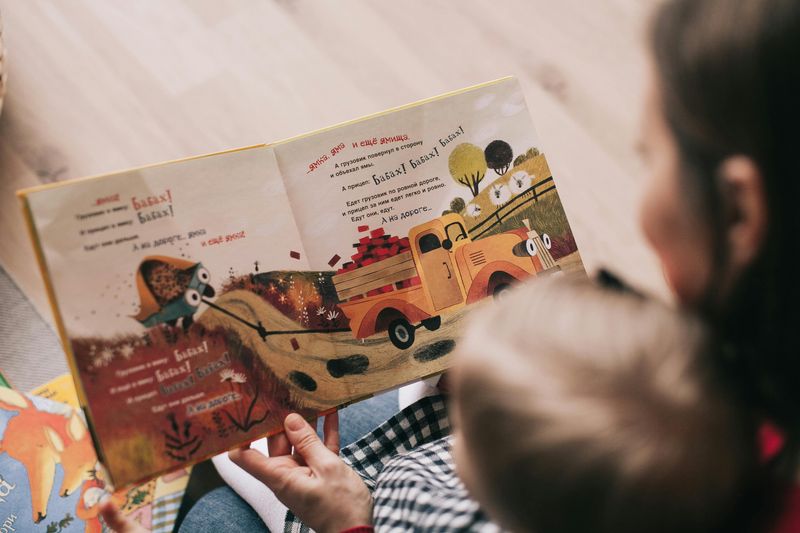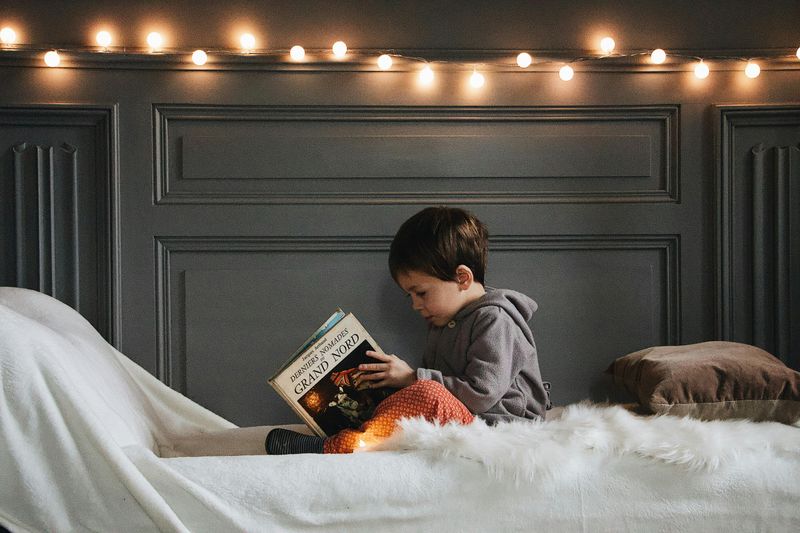Bedtime battles are a common challenge for many parents. When the sun sets, the resistance rises – from ‘one more story’ to ‘I’m thirsty’ excuses that seem to multiply as the night goes on. Getting children to sleep affects not just their health and mood, but your sanity too! These practical strategies can transform bedtime from a nightly wrestling match into a peaceful transition to dreamland.
1. Create a Consistent Routine
Children thrive on predictability, especially when it comes to sleep transitions. A steady sequence of activities – bath, pajamas, teeth brushing, story time – creates mental cues that prepare your child’s brain for sleep.
The beauty of routines is that they eventually become automatic. After a few weeks, your child’s body will naturally start winding down during these familiar steps, making resistance less likely.
Keep the routine reasonable – about 30 minutes is perfect for most kids. Too short feels rushed; too long becomes another delay tactic in your child’s bedtime avoidance arsenal.
2. Set a Regular Sleep Schedule
Our bodies have internal clocks that respond to consistency. When kids go to bed and wake up at roughly the same times daily, their biological rhythms align perfectly with their schedule, making falling asleep much easier.
Weekend flexibility is tempting, but try keeping bedtimes within 30-60 minutes of weekday times. Dramatic shifts can trigger what experts call ‘social jet lag,’ making Monday mornings particularly difficult.
Pay attention to your child’s natural drowsiness cues. Yawning, eye rubbing, or suddenly calming down are signals their body is ready for sleep – capitalize on these moments!
3. Wind Down Early
Starting the transition to sleep well before bedtime works wonders for most children. Dimming lights gradually signals to their brains that day is ending and night is approaching, triggering natural melatonin production.
Replace high-energy play with calming activities like coloring, quiet building, or looking at books. Physical rowdiness right before bed is like drinking coffee at midnight – it sends the opposite signal to their bodies than what you want.
Music can be magical during this wind-down period. Soft, instrumental tunes create a peaceful atmosphere without the stimulation of lyrics that might keep their minds active and engaged.
4. Limit Screen Time Before Bed
Electronic devices emit blue light that tricks the brain into thinking it’s still daytime. This disrupts melatonin production – the hormone responsible for making us sleepy – making it harder for kids to fall asleep naturally.
Most sleep experts recommend a screen-free buffer zone of at least one hour before bedtime. This gives children’s brains time to transition from the stimulation of games or shows to the quieter state needed for sleep.
Replace screen time with physical books that don’t glow or flash. The act of turning pages and focusing on still images is naturally calming compared to the constant movement and brightness of screens.
5. Offer a Comfort Object
Security items work like magic for many children, creating a sense of safety when parents leave the room. A special stuffed animal, blanket, or even a t-shirt with mom or dad’s scent can become a powerful sleep association.
Don’t worry about dependency – comfort objects are healthy coping mechanisms for young children. Research shows they actually help kids develop independence by providing security during separations.
For older kids who might feel ‘babyish’ with a stuffed animal, reframe the object as a ‘sleep buddy’ or find age-appropriate alternatives like special pillowcases or dream catchers that serve the same psychological purpose without feeling childish.
6. Keep the Bedroom Calm and Cozy
Sleep environments dramatically impact how quickly children drift off. The ideal sleeping space balances comfort with minimal distractions – think of it as creating a sleep sanctuary.
Temperature matters tremendously for quality sleep. Most experts recommend keeping children’s rooms between 65-70°F (18-21°C), which might feel cool but actually promotes deeper sleep than warmer temperatures.
Consider using white noise machines to mask household sounds that might wake light sleepers. The consistent background hum blocks sudden noises while creating a womb-like atmosphere that many children find deeply comforting and conducive to uninterrupted sleep.
7. Give Advance Warnings
Transitions are tough for kids – they become absorbed in play and struggle to shift gears suddenly. Providing a series of friendly reminders helps them mentally prepare for the upcoming bedtime without feeling ambushed.
Time warnings work best when paired with visual cues for younger children who don’t fully understand time concepts. A timer they can see counting down or a special ‘bedtime warning light’ that changes color provides concrete signals they can understand.
Frame these warnings positively rather than as threats. “Five more minutes until our special bedtime story!” creates anticipation rather than dread, making kids more willing to wrap up current activities.
8. Use Positive Reinforcement
Celebrating bedtime cooperation creates powerful motivation for kids to repeat good behaviors. Simple praise like “I love how quickly you got into pajamas tonight!” acknowledges specific actions rather than general compliance.
Sticker charts work wonders for visual progress tracking. Children can earn stickers for completing each bedtime step without resistance, with special rewards after collecting a certain number – perhaps an extra story on the weekend or a special breakfast.
Focus rewards on the process, not just the outcome. Praising a child for trying to stay in bed, even if they got up once, reinforces improvement rather than demanding instant perfection, which builds confidence in their growing abilities.
9. Read Together
Bedtime stories create magical connections while naturally calming active minds. The rhythmic patterns of reading aloud have been shown to synchronize parent-child breathing and heart rates, physically preparing bodies for rest.
Let your child choose the book sometimes to build autonomy and engagement. Having ownership in the bedtime routine helps reduce resistance, though keeping a rotation of books prevents the “same book every night for eternity” syndrome many parents dread.
For older children, chapter books create natural anticipation for the next night. Stopping at an interesting point (but not too exciting!) gives them something to look forward to at tomorrow’s bedtime, turning the routine into something they eagerly anticipate rather than resist.
10. Address Fears Gently
Nighttime fears are a normal developmental phase, not signs of weakness. Children’s imaginations develop faster than their ability to distinguish fantasy from reality, making monsters under the bed feel genuinely threatening to them.
Validate feelings without reinforcing fears. “I understand you’re scared, and that’s okay” acknowledges emotions while “I checked and there are definitely no monsters here” provides reassurance without suggesting monsters might actually exist elsewhere.
Empower children with their own solutions when possible. A special “monster spray” (water in a spray bottle), a brave stuffed animal guard, or a nightlight they control gives them agency over their fears instead of complete dependence on you to manage their anxiety.
11. Lead by Example
Children learn more from what we do than what we say. When they see parents prioritizing healthy sleep habits, they internalize the value of rest rather than viewing bedtime as an arbitrary rule imposed upon them.
Family wind-down rituals where everyone participates send powerful messages. Even 15 minutes where phones are put away and everyone reads or relaxes together demonstrates that sleep preparation is important for the whole family.
Talk positively about sleep in daily conversation. Phrases like “I’m looking forward to getting good rest tonight” or “I feel so much better after sleeping well” help children understand sleep as a pleasure rather than a punishment or boring necessity.











